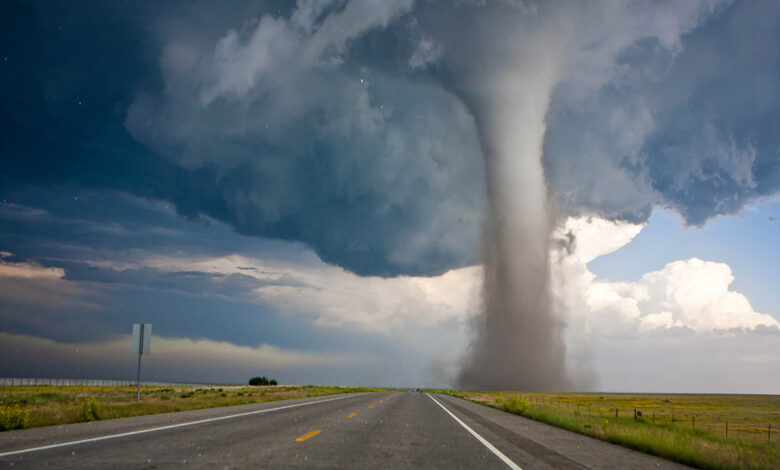Understanding weather emergencies

Weather emergencies can happen at any time of year and in any part of the world. Learning to recognize the most common weather hazards can help people confront adverse weather situations more capably.
High temperatures are experienced during the summer in many parts of the world. Heat waves occur when high temperatures stick around for two or more days, advises the National Oceanic and Atmospheric Administration. To qualify as a heat wave, temperatures have to exceed the historical averages for a given area. High-pressure systems trap air in one place as it warms, leading to a heat wave. While heat waves may not seem especially dangerous, the NOAA says they kill more people than all other weather-related disasters combined.
Floods are major weather hazards caused by heavy rainfall over a given area in a short period of time. During a flood, water does not drain quickly enough. Flooding occurs rather suddenly and has the potential to cause loss of life and property damage. Raging torrents of water can form and rip through anything in their path, states the National Weather Service. Flooding is dangerous while it is happening, but also afterwards, as live wires, waste and debris can pose their own hazards.
Hurricanes are destructive and dangerous storms that may be referred to as ¨cyclones ¨ and ¨typhoons¨ in other parts of the world. These storms cause high winds, flooding, heavy rain, and tidal surges. Unlike some other storms, hurricanes can be tracked for days prior to making landfall. That means people have ample time to take the necessary steps to stay safe when they’re in the path of a hurricane.
Tornadoes form a concentrated, highly volatile and rapidly rotating column of air that is in contact with both the surface of the Earth and a cloud. National Geographic says their winds may top 250 miles per hour and affect pathways up to a mile wide and 50 miles long. Tornadoes have been reported in various countries, but are most often seen in the United States.




